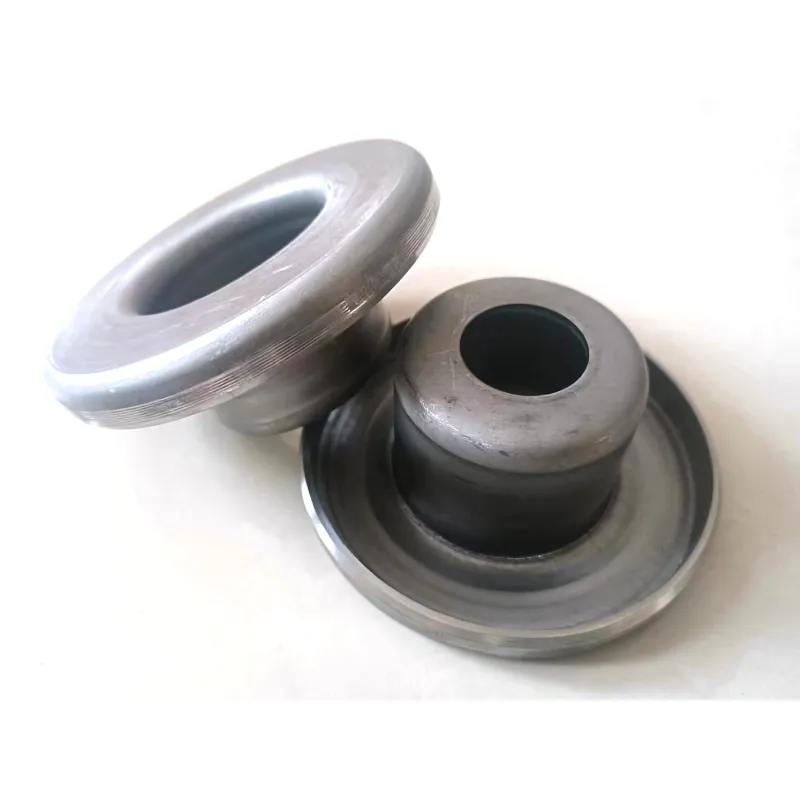 Afrikaans
Afrikaans  Albanian
Albanian  Amharic
Amharic  Arabic
Arabic  Armenian
Armenian  Azerbaijani
Azerbaijani  Basque
Basque  Belarusian
Belarusian  Bengali
Bengali  Bosnian
Bosnian  Bulgarian
Bulgarian  Catalan
Catalan  Cebuano
Cebuano  Corsican
Corsican  Croatian
Croatian  Czech
Czech  Danish
Danish  Dutch
Dutch  English
English  Esperanto
Esperanto  Estonian
Estonian  Finnish
Finnish  French
French  Frisian
Frisian  Galician
Galician  Georgian
Georgian  German
German  Greek
Greek  Gujarati
Gujarati  Haitian Creole
Haitian Creole  hausa
hausa  hawaiian
hawaiian  Hebrew
Hebrew  Hindi
Hindi  Miao
Miao  Hungarian
Hungarian  Icelandic
Icelandic  igbo
igbo  Indonesian
Indonesian  irish
irish  Italian
Italian  Japanese
Japanese  Javanese
Javanese  Kannada
Kannada  kazakh
kazakh  Khmer
Khmer  Rwandese
Rwandese  Korean
Korean  Kurdish
Kurdish  Kyrgyz
Kyrgyz  Lao
Lao  Latin
Latin  Latvian
Latvian  Lithuanian
Lithuanian  Luxembourgish
Luxembourgish  Macedonian
Macedonian  Malgashi
Malgashi  Malay
Malay  Malayalam
Malayalam  Maltese
Maltese  Maori
Maori  Marathi
Marathi  Mongolian
Mongolian  Myanmar
Myanmar  Nepali
Nepali  Norwegian
Norwegian  Norwegian
Norwegian  Occitan
Occitan  Pashto
Pashto  Persian
Persian  Polish
Polish  Portuguese
Portuguese  Punjabi
Punjabi  Romanian
Romanian  Russian
Russian  Samoan
Samoan  Scottish Gaelic
Scottish Gaelic  Serbian
Serbian  Sesotho
Sesotho  Shona
Shona  Sindhi
Sindhi  Sinhala
Sinhala  Slovak
Slovak  Slovenian
Slovenian  Somali
Somali  Spanish
Spanish  Sundanese
Sundanese  Swahili
Swahili  Swedish
Swedish  Tagalog
Tagalog  Tajik
Tajik  Tamil
Tamil  Tatar
Tatar  Telugu
Telugu  Thai
Thai  Turkish
Turkish  Turkmen
Turkmen  Ukrainian
Ukrainian  Urdu
Urdu  Uighur
Uighur  Uzbek
Uzbek  Vietnamese
Vietnamese  Welsh
Welsh  Bantu
Bantu  Yiddish
Yiddish  Yoruba
Yoruba  Zulu
Zulu Industrial Conveyor Pulleys for Efficient Material Handling Solutions and Operations
Industrial Conveyor Pulleys Essential Components for Efficient Material Handling
Conveyor systems play a pivotal role in industrial operations, enabling the smooth transportation of materials across various production stages. At the heart of these systems lie conveyor pulleys, which are essential components that significantly impact the performance, efficiency, and longevity of conveyor belts. This article delves into the importance of industrial conveyor pulleys, their types, and best practices for selection and maintenance.
Understanding Conveyor Pulleys
Conveyor pulleys are cylindrical devices incorporated into conveyor systems to guide and support the conveyor belt. They serve multiple functions, including driving the belt, redirecting it, and providing tension. Generally, pulleys are classified into two main categories drive pulleys and take-up pulleys.
1. Drive Pulleys These pulleys provide the necessary force to move the conveyor belt. They are usually powered by electric motors via a drive shaft and associated components. A well-designed drive pulley ensures the efficient and steady movement of materials throughout the conveyor system.
2. Take-Up Pulleys Positioned at the end of a conveyor system, take-up pulleys help maintain proper tension in the belt. This tension is crucial to prevent slippage and wear, ensuring that the conveyor operates smoothly. Additionally, take-up systems can be adjustable to accommodate belt elongation over time, making them indispensable for maintaining system performance.
Types of Conveyor Pulleys
Conveyor pulleys come in various designs, each suited for specific applications. The most common types include
- Shell Pulleys Constructed from robust materials like steel or aluminum, shell pulleys are the foundational type used in most applications. Their surface might be smooth or have a rubber coating for enhanced grip.
- Wing Pulleys These pulleys feature a series of angled wings, providing superior cleaning and minimizing material buildup. Wing pulleys are ideal for applications involving sticky materials.
- Magnetic Pulleys Commonly used in recycling and mining industries, magnetic pulleys can separate ferrous materials from the product stream during transport. These pulleys enhance material purity and operational efficiency.
- Snub Pulleys Positioned at various points on a conveyor system, snub pulleys assist in increasing the wrap angle of the belt around the drive pulley, enhancing traction. They are critical for applications requiring significant torque.
Selecting the Right Pulley
industrial conveyor pulleys

Choosing the appropriate conveyor pulley involves several considerations
- Application Understand the material being transported. Heavier materials may require heavy-duty pulleys, while lighter materials might only need standard models.
- Environmental Factors Consider the conditions in which the conveyor will operate, such as temperature extremes, exposure to moisture, or chemical exposure. Corrosion-resistant materials may be necessary for challenging environments.
- Belt Specifications The type and size of the conveyor belt dictate the dimensions and strength of the pulley. Ensure compatibility to avoid failure.
- Load and Tension Evaluate the load the pulley will carry and the tension required for the application. This assessment helps in selecting pulleys that can withstand specific operational demands.
Maintenance Best Practices
Proper maintenance of conveyor pulleys is vital for maximizing their lifespan and ensuring operational efficiency
1. Regular Inspections Frequently check pulleys for signs of wear, corrosion, and misalignment. Early detection of issues can prevent costly breakdowns.
2. Lubrication Ensure pulleys are adequately lubricated to reduce friction and wear. Refer to manufacturer guidelines for specific lubrication practices.
3. Cleaning Regularly clean pulleys to remove debris and material buildup, especially for wing and magnetic pulleys. This action prevents operational disruptions and enhances performance.
4. Adjust Tension Monitor and adjust belt tension to avoid slippage and excessive wear on both the belt and pulleys.
Conclusion
In the realm of industrial material handling, conveyor pulleys are integral components that directly influence the efficiency and effectiveness of operations. By understanding their types, making informed selections, and adhering to maintenance best practices, industries can optimize their conveyor systems and ensure smooth material transportation, ultimately contributing to overall productivity and success.
-
Revolutionizing Conveyor Reliability with Advanced Rubber Lagging PulleysNewsJul.22,2025
-
Powering Precision and Durability with Expert Manufacturers of Conveyor ComponentsNewsJul.22,2025
-
Optimizing Conveyor Systems with Advanced Conveyor AccessoriesNewsJul.22,2025
-
Maximize Conveyor Efficiency with Quality Conveyor Idler PulleysNewsJul.22,2025
-
Future-Proof Your Conveyor System with High-Performance Polyurethane RollerNewsJul.22,2025
-
Driving Efficiency Forward with Quality Idlers and RollersNewsJul.22,2025





























